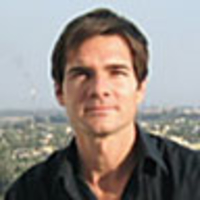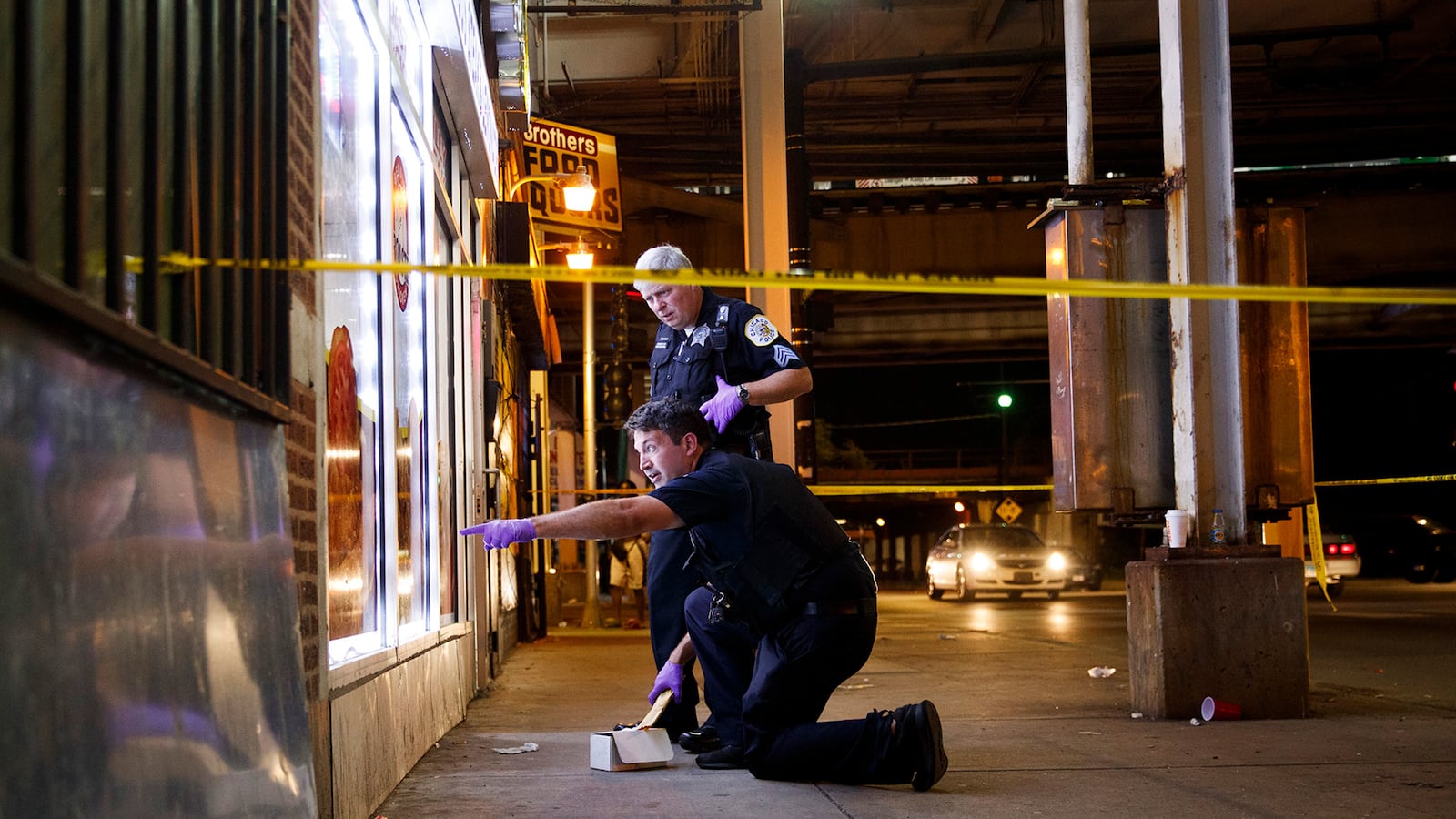CHICAGO—Over Independence Day weekend 69 people were shot in Chicago. For the six who died, chances are more than half the gunmen who pulled the trigger will get away with murder.
What’s known as the “clearance rate” for murders — the number of murders solved — is among the lowest in the nation. In recent years the city has solved less than 20 percent of its murder cases within the calendar year. When it comes to non-fatal shootings, the clearance rate is about 12 percent.
Chicago’s new mayor, Lori Lightfoot, is not happy.
“We’re not where we need to be. That’s not any secret,” Mayor Lightfoot told The Daily Beast.
The rate matters because the gunmen know them as well as police, analysts say.
“If a city allows most killers to walk the street, the homicide rate gets worse. That happens for several reasons,” said Thomas Hargrove of the Chicago-based Murder Accountability Project. “An uncaught killer is available to kill again. An uncaught killer is a living, breathing testament to the fact that there is no penalty for murder. An uncaught killer is an invitation to reprisal. We believe a significant number of homicides in Chicago are revenge murders for other murders that were not cleared.”
The killings this past weekend reached outside the usual South and West side neighborhoods where they usually occur. And the shooting numbers don’t count stabbings, like the pregnant woman knifed downtown in the heart of The Loop, usually a safe area. Or the three stabbings by gang members police say were “taunting each other” at the city’s tourist-choked Fourth of July fireworks celebration at Navy Pier, where 14 were injured in a stampede for the exits.
Believe it or not, that’s progress. Last year over the same weekend, more than 100 people were shot and 15 killed.
"Weekends like this one are ones that we just cannot continue to see and this city deserves better and as the head of the Chicago Police Department, I promise you, we will continue to do our part, but as I have said before, the police department simply cannot do this alone," Superintendent Eddie Johnson told reporters Monday.
But the new mayor is not replacing Chicago’s top cop at least for now. She’s holding “Accountability Monday” with Superintendent Eddie Johnson and his staff after each weekend in summer, when violence goes up.
“He’s doing good,” said Lightfoot, a former prosecutor and head of the civilian police oversight board who ran as a reformer. “He’s not satisfied, I’m not satisfied until we really significantly, structurally change the violent crime in the city. … I think that we’re on the right track but, no, I’m not satisfied because we have not made the kind of progress to put us in the heartland of other cities with the clearance rate.”
The reasons giving the chief a chance makes sense to a reformist mayor eager to transform Chicago’s gangland reputation are complicated. The nation’s third-largest city is also its most violent major metropolis, with more homicides annually than the biggest two cities – New York and Los Angeles – combined. That’s in part because it is perhaps the nation’s most segregated city, said Arthur Lurigio, a professor of psychology and criminal justice at Loyola University of Chicago. It’s roughly one third white, one third Hispanic and one third black, concentrated heavily in the impoverished South and West sides, where, according to Lurigio, even officers of color find it difficult to penetrate.
“Those neighborhoods are walled off,” Lurigio said. “We’re talking about neighborhoods in decline for the last 50-plus years. We have made no progress in those neighborhoods in that regard.”
Then there’s a yawning trust gap between black and blue: Under pressure from the Black Lives Matter movement, Emanuel fired the last police chief, Garry McCarthy, when video emerged showing Officer Jason Van Dyke, shooting Laquan McDonald 16 times, mostly in the back, as he walked away. (Van Dyke was subsequently convicted of murder.) And because neighbors know gang members have a stronger hold on their neighborhoods than police do, Johnson concedes, they often don’t talk.
“As a black man who grew up in public housing in the city of Chicago, trust me, I understand the stranglehold that gangs have on certain neighborhoods,” Johnson said. “We have to do a better job of repairing those relationships … We have to give them the sense that we will protect them and we have to give them a sense that those people will be held accountable.”
Johnson is adding resources. He’s added evidence technicians, technical centers to analyze homicide data and 300 detectives and, over the past weekend, canceled leave to put an extra 1,500 cops on the beat. The city has long posted its ShotSpotter gunshot detectors in violent neighborhoods
But Johnson says judges have left open a revolving jail door, freeing gun offenders to shoot again.
“If you have somebody in custody for a felony gun charge I think there has to be a certainty for them that they’ll be held accountable for it,” Johnson said Monday. “Paying a $100 bond does not do that.”
Police say they’ve made progress. Chicago police said last month the current homicide clearance rate is 51 percent, up from 33 percent nearly three years ago, though they declined to say how they arrive at that number. Many analysts, including the Chicago Tribune and other media, refuse to use those numbers because analysts say the department’s numbers don’t pass statistical muster.
Loyola’s Lurigio says the rate should only count the murders from a calendar year solved in that same year – which puts it at 15 percent for the first half of last year and 17 percent in 2017, the last numbers available (Illinois is the only state in the union that does not require clearance rates to be reported). Even using Chicago Police numbers, the clearance rate is below the national average, at 61 percent, and down from the city’s own self-reported rate of more than 70 percent in 1991.
But until Chicago raises its clearance rate, the Murder Accountability Project’s Hargrove said, unsolved murders will continue to beget more murders.





